Email Marketing 101: The Beginner’s Guide for 2025
- Learn how to write emails that people actually open, read, and click.
- Discover 9 proven email types that build trust and drive sales.
- Get a beginner-friendly 5-step strategy to grow and segment your list.
- See why email outperforms social media and ads with unmatched ROI.
Last Update: 22 Aug 2025

What if you could reach customers directly? No ad costs, no social trends to chase, no algorithm guessing games?
That’s the power of email marketing.
Even in a world of influencers, reels, and new apps every month, email remains one of the most personal and profitable marketing channels.
Nearly 5 billion people check their inboxes daily, and studies show it’s 40x better at getting customers than Facebook and Twitter combined.
Karen Talavera, an industry veteran, calls it “an art and a science” because it blends creativity with data and adapts to any business goal.
New to email marketing? Perfect. This guide will take you from zero to confident step by step.
What Is Email Marketing?
Think of email marketing as the bridge between your brand and the people who want to hear from you. It’s not spam, it's a value delivered straight to someone’s inbox.
At its core, email marketing means sending relevant, helpful messages to a defined group: loyal customers, warm prospects, or curious new subscribers.
That could mean:
- A welcome email that thanks someone for joining.
- A promo offer that rewards loyal customers.
- A how-to guide that builds trust and positions you as an authority.
- Why does email work so well?
Because unlike social media, you own the channel.
There’s no algorithm standing between you and your audience. Every email you send lands in someone’s inbox, waiting to be opened.
It’s also:
- Cost-effective → Cheaper than ads.
- Measurable → You can track every open, click, and sale.
- Personal → Automation lets you scale without losing the human touch.
Quick Win: Start small. A single, well-crafted welcome email often outperforms a full campaign full of generic blasts.
But don’t wait until your competitors beat you to the inbox. Every day you delay is another day they’re building relationships that could have been yours.
What To Keep In Mind Before Starting Email Marketing
Jumping into email without a plan is like driving without a map. You’ll move, but not toward your goals. Here are the essentials every beginner should nail first:
1. Know Who You’re Talking To
If you don’t know your audience, you’re guessing. Check reviews, talk to your sales team, or even run a quick survey. The better you understand what your audience cares about, the easier it is to write emails they’ll open.
Pro Tip: Build your first customer persona (age, goals, frustrations). Every subject line should speak to that person directly.
2. Pick the Right Tool (Not Just the Cheapest)
There are plenty of tools like
- Mailchimp,
- Klaviyo,
- HubSpot.
Don’t chase shiny features; pick one that fits your goals and feels intuitive for your team.
3. Set Goals That Match Your Bigger Picture
Do you want to:
- Drive more sales?
- Grow your subscriber list?
- Recover abandoned carts?
- Build partnerships?
Without a clear goal, you won’t know if your emails are working.
4. Build Your List the Honest Way
Resist the shortcut of buying lists. Not only do they tank your deliverability, they break trust. Instead, offer value in exchange for sign-ups:
- Discounts
- Early access
- Free guides
Warning: Always use permission-based opt-ins. A spam complaint today could blacklist your domain tomorrow.
Remember, your list is your biggest asset. Once it’s burned with spam complaints or fake contacts, there’s no reset button. Protect it from day one.
5. Segment Early (Even If It’s Simple)
You don’t need advanced AI segmentation on day one. Just start with:
- New subscribers
- Returning customers
- Inactive users
This small step makes your emails feel personal from the start.
6. Start with One Helpful Flow
Your first flow? A welcome series. Thank the subscriber, share your story, and give them a reason to stay. First impressions matter.
7. Use Automation to Help, Not Just Sell
Behavior-based emails (like reminders or follow-ups) feel like customer service when done right. That’s automation that adds value.
8. Test Small Changes
Change one variable at a time : subject line, CTA, or send time. That’s how you know what’s working.
9. Balance Data with Instinct
Open rates, CTR, conversions matter. But don’t ignore softer wins like replies or conversations.
10. Final Thought
Strong email strategies aren’t built overnight. They come from consistency and small, intentional improvements.
How to Do Email Marketing (Step by Step)
You don’t need fancy tools or complex funnels. Just follow these beginner steps:
1. Make Your Goal Crystal Clear
Every email should answer: “What do I want this email to do?”
Welcome new subscribers? Push a product? Drive traffic back to your blog? Pick one goal per email : no more, no less.
2. Map a Simple Flow
Think about journey, not just random sends:
- New subscriber → Welcome email → Product intro → Soft offer
- Cart abandoner → Reminder → Social proof → Discount
Pro Tip: Write it on a sticky note. If it feels like a story, you’re on track.
3. Write Like a Human
Skip jargon. Talk like you would to a friend. Sometimes, “Hey, thought you’d like this” works better than paragraphs of copy.
4. Add One Clear CTA
Don’t confuse your reader. One email = one main action.
Examples:
- Shop Now
- Read the Guide
- Claim Your Offer
5. Schedule Smartly
Start simple. Weekday mornings (10–11 a.m.) often work best. Over time, test different times and see what sticks with your audience.
6. Review Before Sending
Quick checklist:
- Clear subject line
- Mobile-friendly
- Links tested
- CTA obvious
7. Learn, Watch, and Improve
Don’t just send, try to analyze. Did people open, click, or reply? Small tweaks today lead to big results tomorrow.
Different Types of Email Campaigns
Different campaigns serve different purposes. Here’s a breakdown with real-world inspiration:
1. Cold Emails → Notion emails startup teams with helpful tips : sparking interest without hard selling.
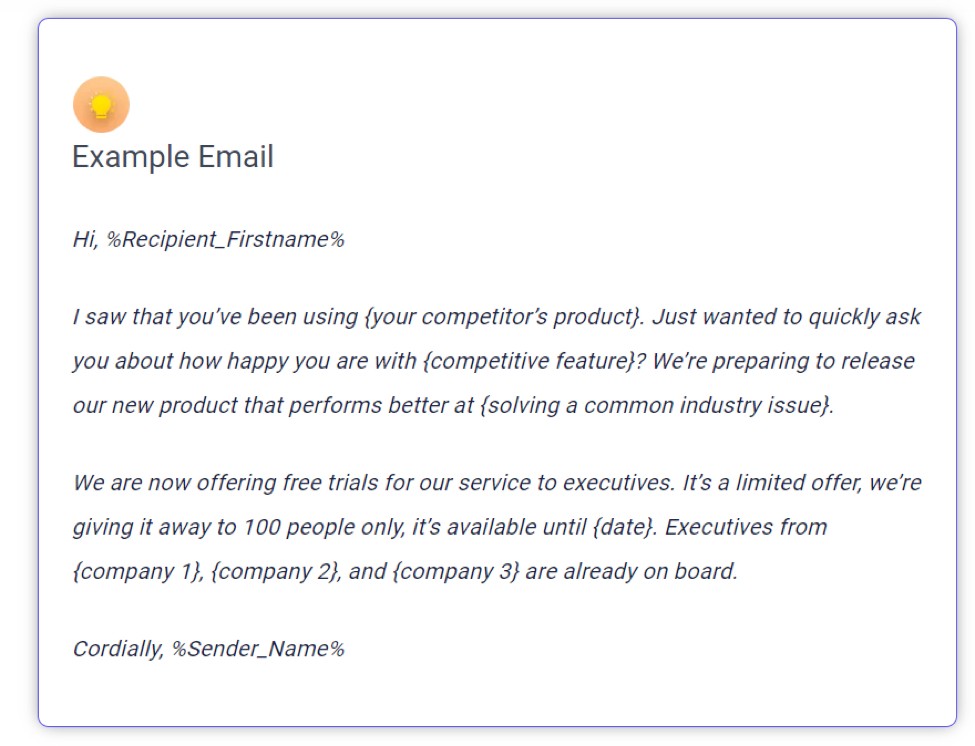
2. Welcome Sequences → Casper greets subscribers with “Welcome to a world of better sleep.”
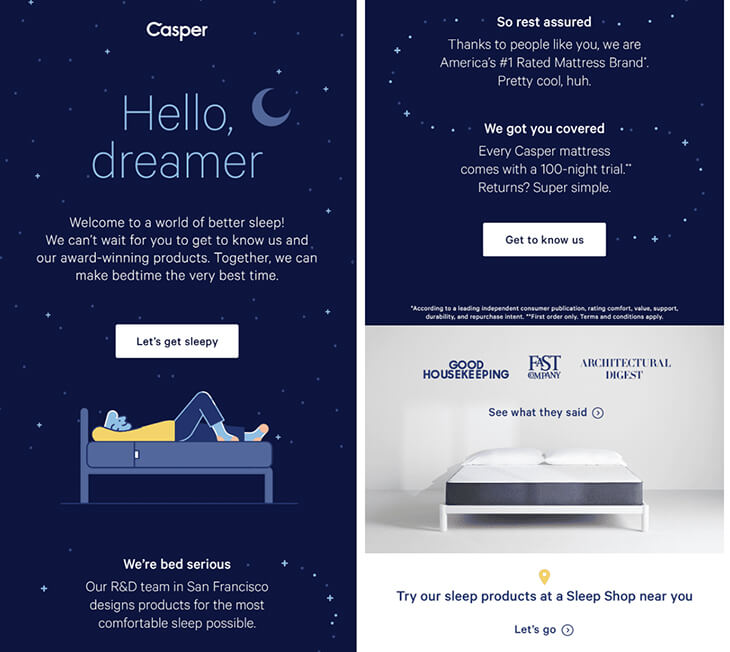
3. Newsletters → Patagonia shares sustainability stories instead of pure promos.
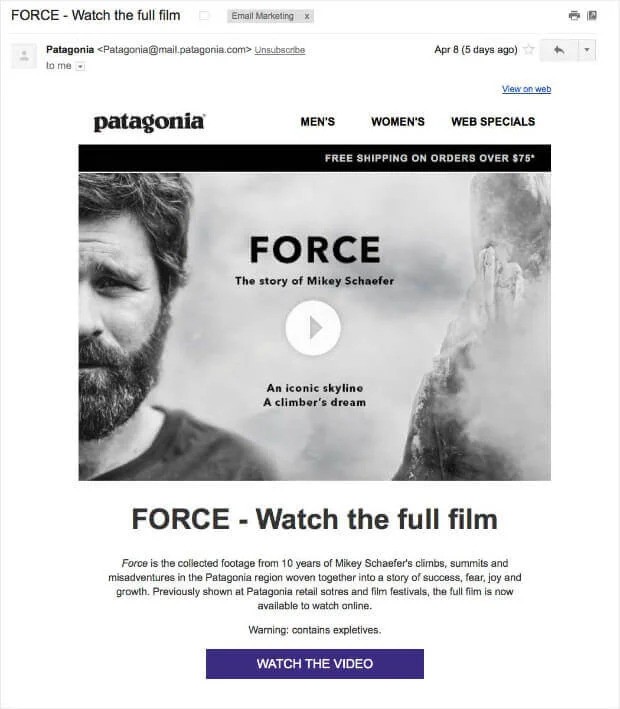
4. Promotional Emails → Starbucks drives urgency with “Buy one, get one free” offers.
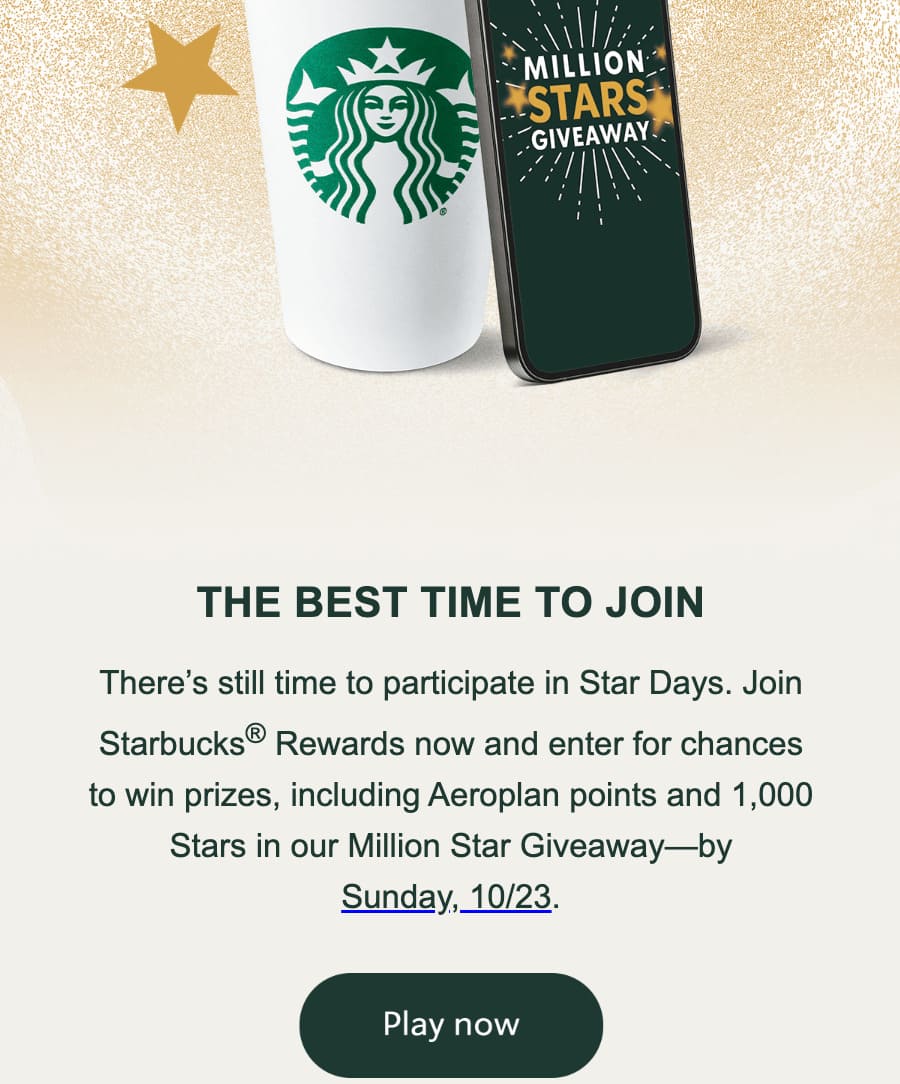
5. Drip Campaigns → Duolingo nudges users with learning reminders over time.
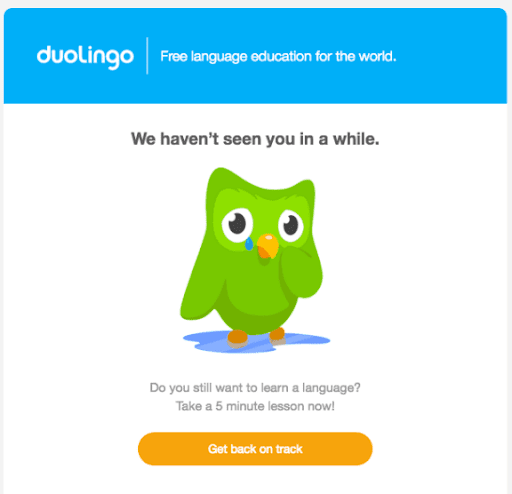
6. Transactional Emails → Airbnb adds travel tips inside booking confirmations.
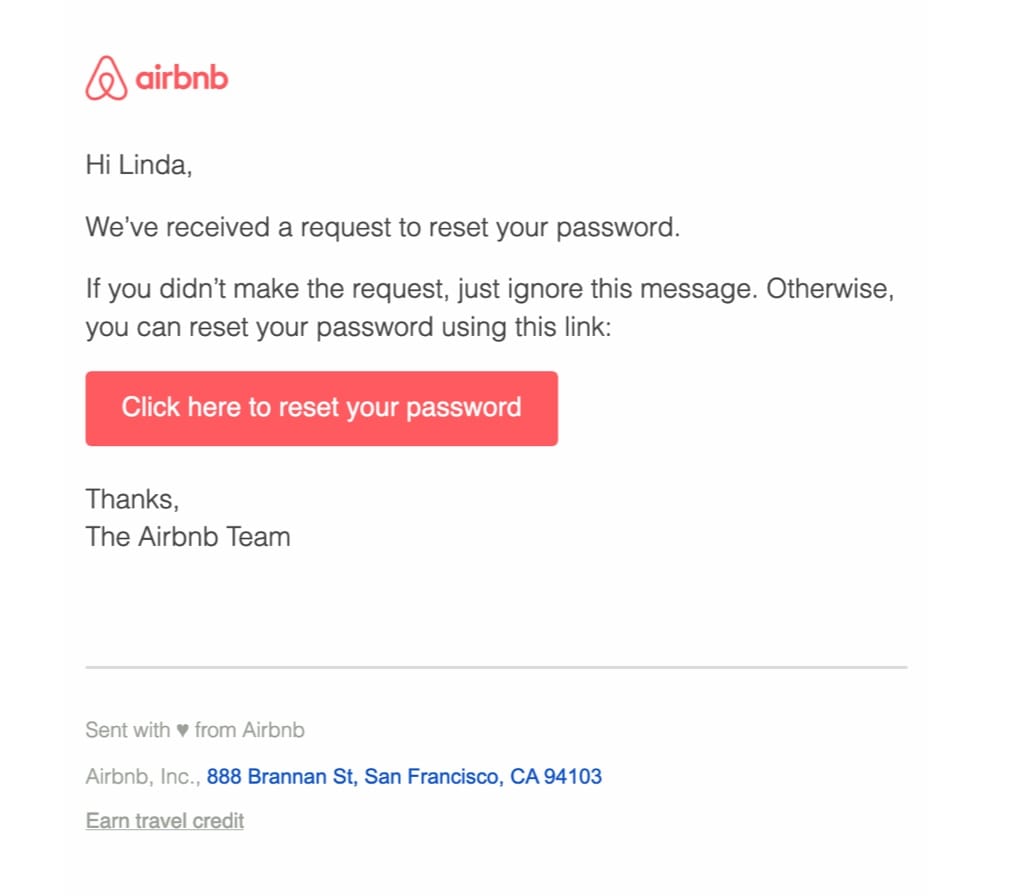
7. Re-engagement Emails → Netflix pulls back inactive users with “Still watching?”
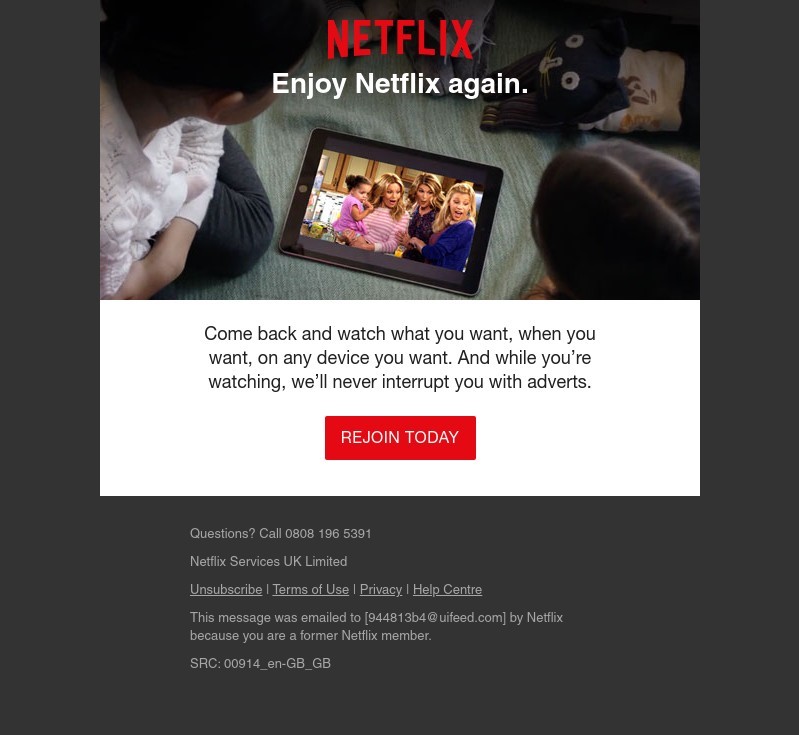
Takeaway: Each campaign type has its job. Used together, they guide people from curious subscribers → engaged customers → loyal advocates.
Key Metrics to Track Your Progress
Open Rate: Your First Gatekeeper
Imagine this: you’ve spent hours on a brilliant product announcement. But if nobody opens the email, it’s like throwing a party where no one shows up. That’s why open rate is your first gatekeeper.
If nobody opens, nothing else matters. Average open rates hover around 22–23%.
Quick Win: Test one small change at a time. A retail brand boosted opens by 11% just by switching the sender name from “Company” to a real person.
Click-Through Rate (CTR): Action Check
CTR tells you if people actually engage. The average is ~2.9%.
If yours is low:
- Simplify your layout
- Make your CTA pop
- Add curiosity-driven copy (“See how in 2 clicks”)
Conversion Rate: The Money Metric
Did clicks turn into purchases, sign-ups, or downloads? Average rates fall between 2–5%.
Pro Tip: Use custom landing pages for each campaign. One brand lifted conversions by 18% by aligning landing copies with their email subject line.
Bounce Rate: Inbox Health Check
Too many hard bounces = spam risk. Keep it under 2%. Clean your list often and use double opt-in to stay safe.
Unsubscribe Rate: Silent Feedback
A normal unsubscribe rate = 0.2–0.5%. Spikes mean something’s off (too many emails, wrong content). Use it as a learning signal.
Tools That Make It Easy to Start
The good news? You don’t need to be technical. Here are beginner-friendly picks:
- Mailchimp → Best for all-round beginners (free up to 500 contacts).
- Klaviyo → Best for e-commerce (predictive analytics, advanced segmentation).
- HubSpot → Best all-in-one CRM + email tool (powerful but pricier).
Pro Tip: Try 2–3 tools on free trials before committing. The right fit saves hours every week.
Common Myths (And the Truth Behind Them)
- “Email is dead.”
Truth: With nearly 5B daily users, it’s stronger than ever. - “People hate marketing emails.”
Truth: People hate spam. They love relevant, personal, useful emails. - “You need a huge list.”
Truth: A small, engaged list beats a big, cold one every time. - “Automation feels robotic.”
Truth: Add personal touches and timing → automation feels like service.
Conclusion
If you’ve read this far, you already care about doing email marketing the right way and that’s half the battle.
You don’t need a huge budget or a massive list. All you need is:
- One clear goal
- One honest message
- Consistency
Start with a single welcome email. Send it to ten people. See how they respond. Improve a little each time.
Because when done right, email doesn’t feel like marketing.
It feels like a conversation and in 2025, that’s exactly what your audience craves.
Frequently Asked Questions
Trendingblogs
Get the best of our content straight to your inbox!
By submitting, you agree to our privacy policy.










